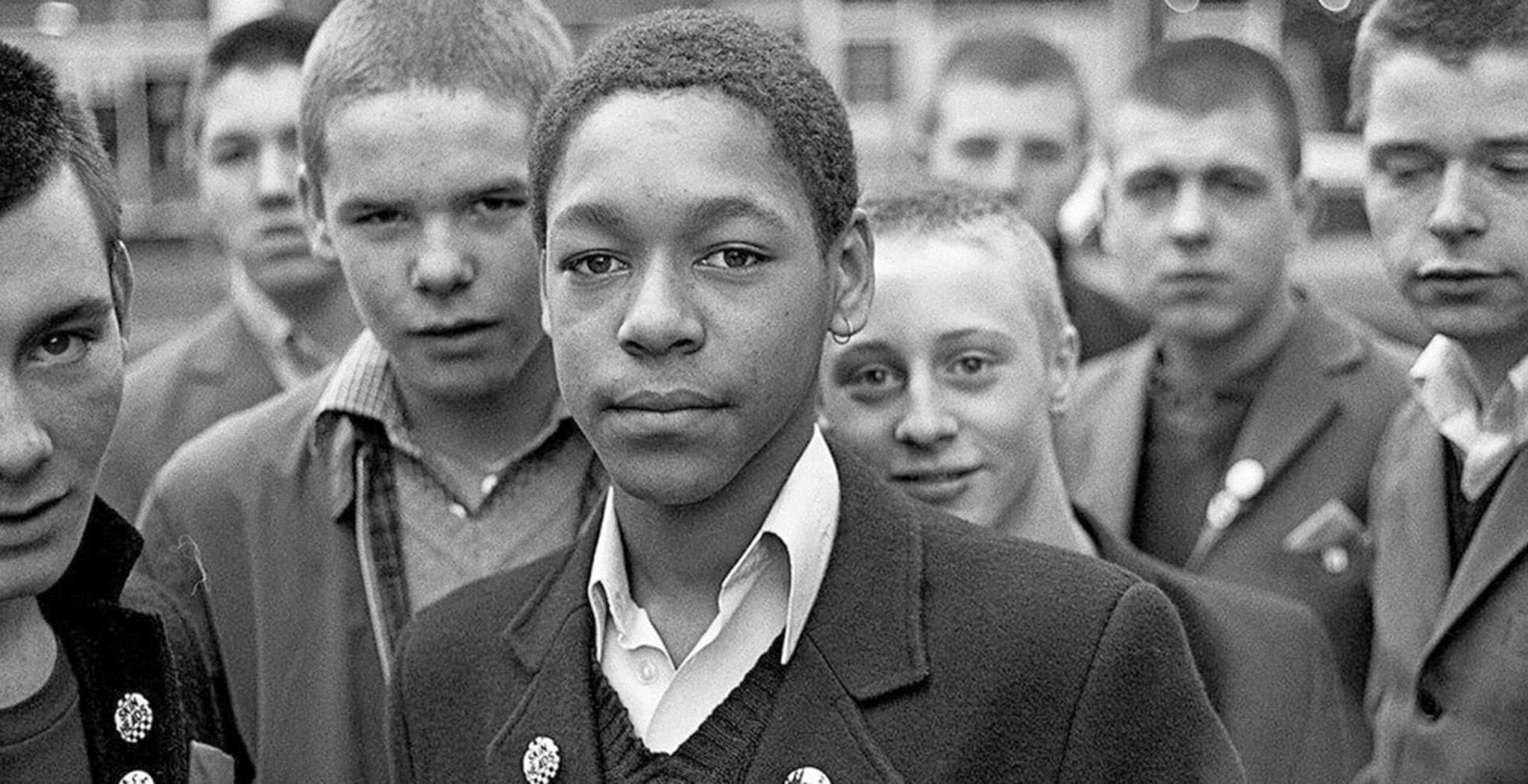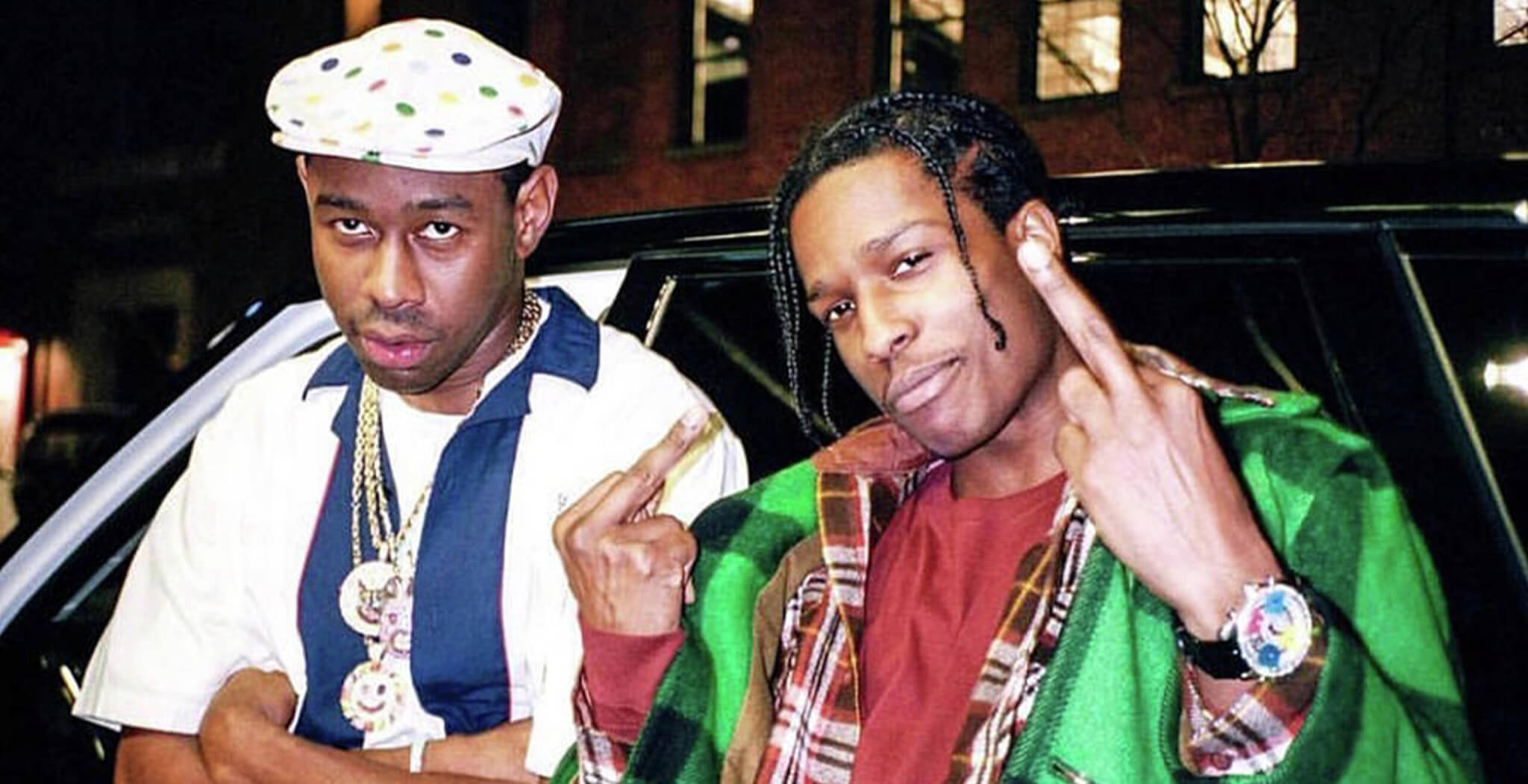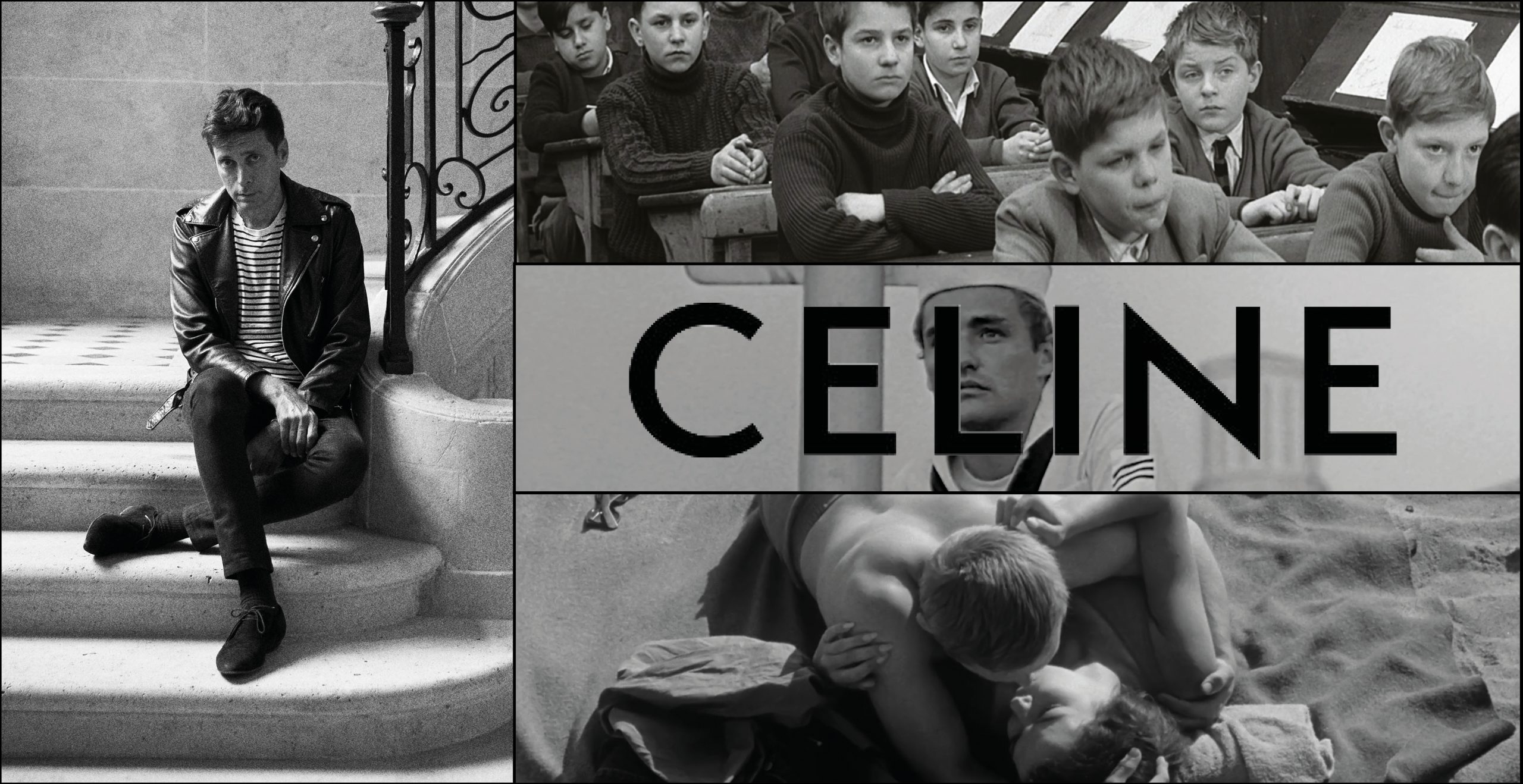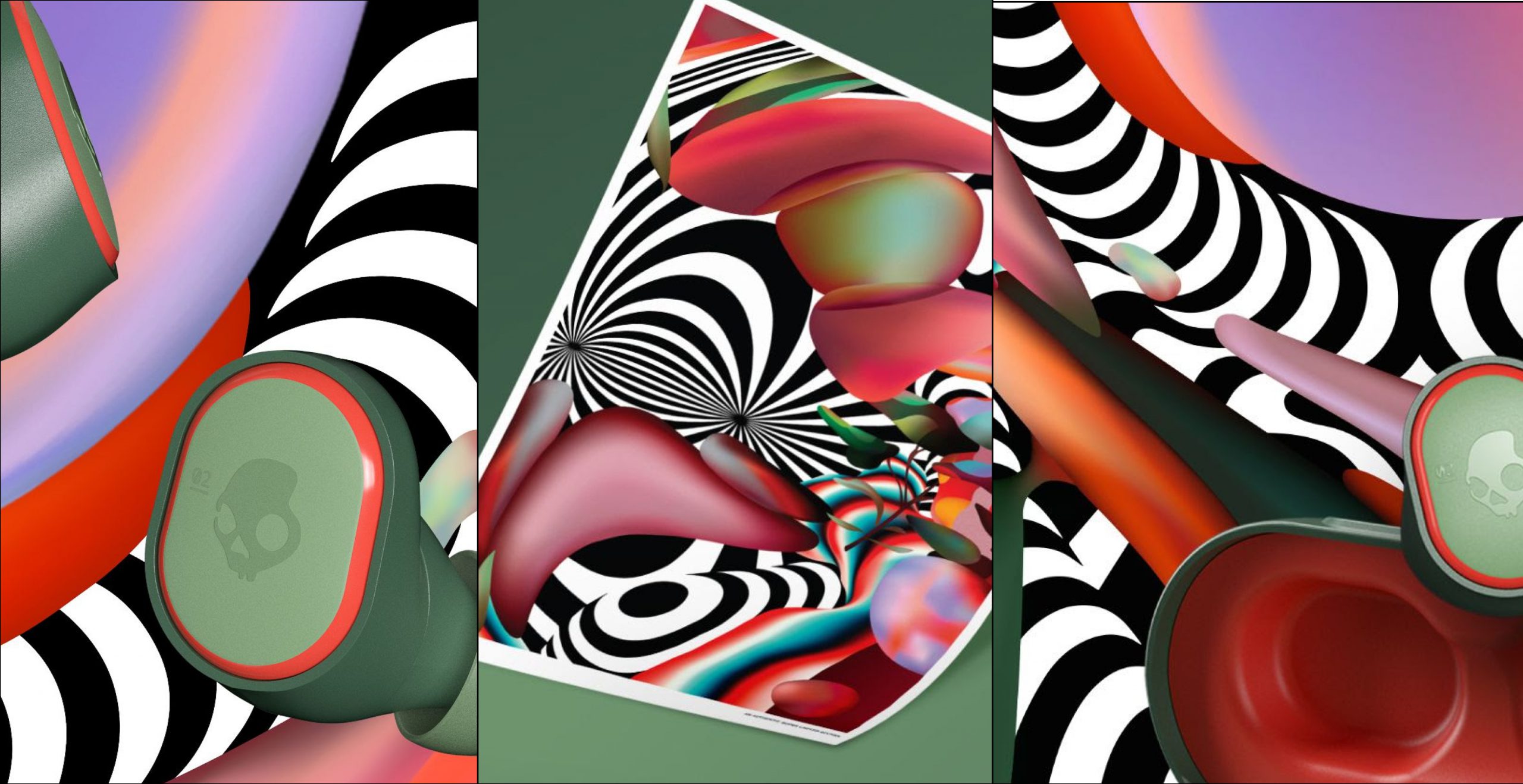How Racists Highjacked a Subculture – Skinheads and their Jamaican Roots
Growing up, one truth remained constant: the negative perception of skinheads as racist individuals. In school, we were educated on how to identify Neo-Nazis, which involved recognizing their distinctive attire. Their bomber jackets, New Balance shoes (bearing the letter N as a code for “national socialist”), and Lonsdale sweaters, when worn with an open jacket, spelled out “NSDA,” a reference to the NSDAP (National Socialist Party of Germany).
Discovering a Different Perspective:
During a visit to the library adjacent to my school, I stumbled upon a book titled “Skinhead – A Way of Life” by renowned German author Klaus Farin. Farin’s authentic research into youth subcultures shed light on the history of skinhead culture. I learned about a different kind of skinhead, one not associated with racism and violence. In contrast to the turbulent early ’90s, which saw a surge in racially motivated violence, this book explored the reggae-loving, well-dressed side of skinheads.
Jamaican Rude Boys, Reggae and The Spirit of ’69
When a skinhead walks down the street…
Skinhead by Laurel Atkin (1989)
Every chick heart skips a beat…
When a skinhead walks down the street..
Every chick heart skips a beat..
Skinhead culture emerged from the working class, originating in 1960s London and gradually spreading throughout the country. This movement embraced a sense of pride in the working class and held a disdain not only for conservatism but also for the predominantly middle-class hippie culture of the ’60s. Skinheads found common ground with other working-class subcultures like mods and Jamaican rude boys, who resided in the same neighborhoods.
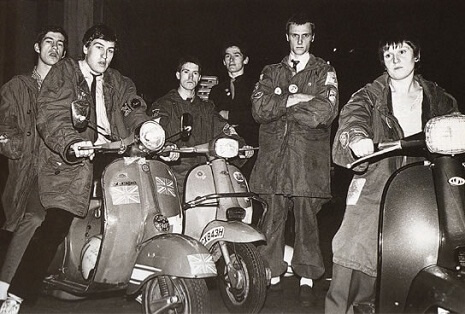
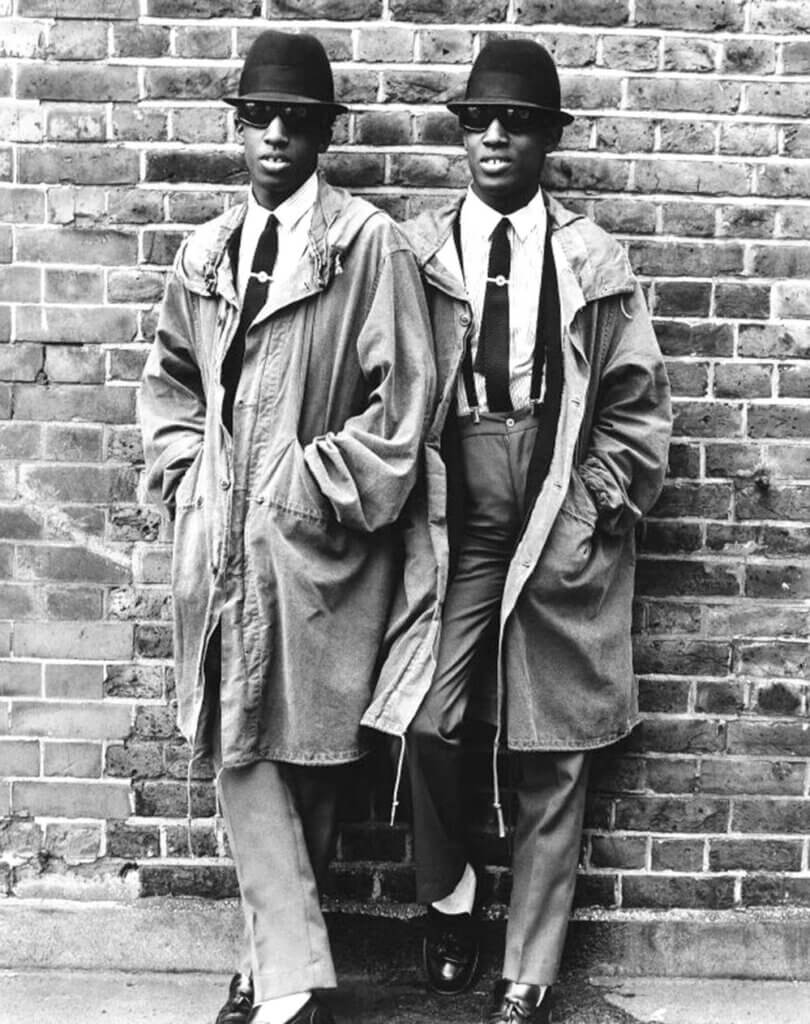
Bonded by a shared rejection from society and a deep-rooted solidarity with their working-class origins, these cultures formed a strong connection. For skinheads, class mattered more than race. They immersed themselves in ska, reggae, rocksteady, and soul, attending parties where such music was played. Artists like Lee “Scratch” Perry, Desmond Dekker, Mr. Symarip, Jimmy Cliff, and the extensive catalog of Jamaican record label Trojan Records became firm favorites among skinheads. Even today, some identify themselves as “Trojan Skins.”
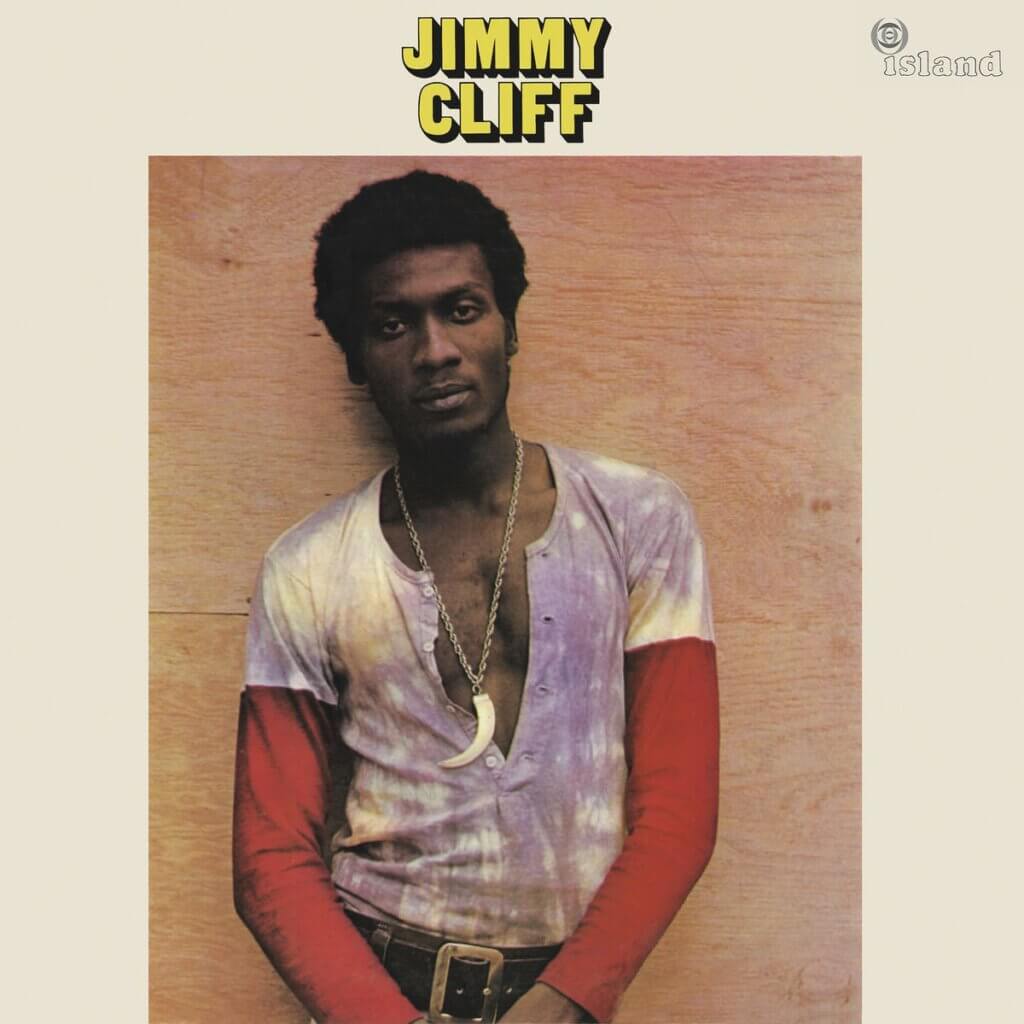
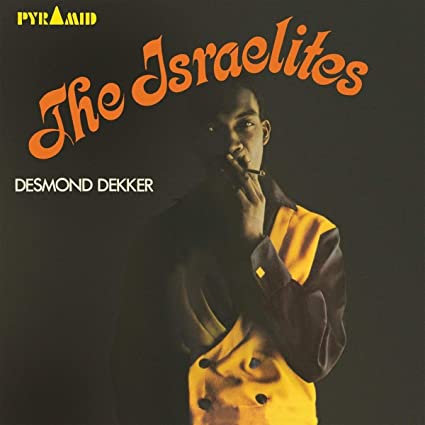
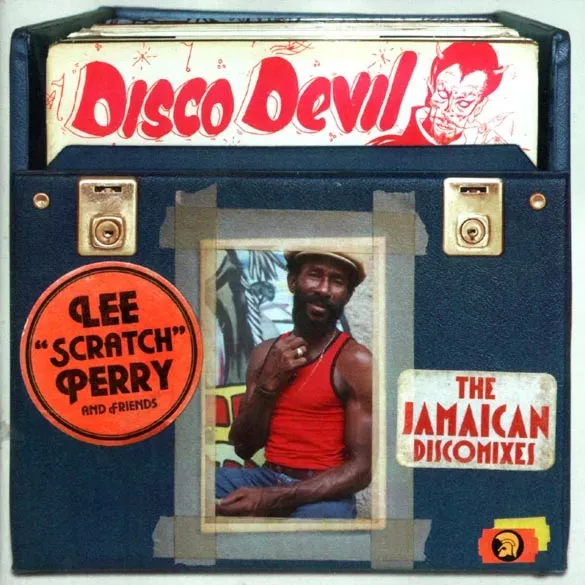
The artists were aware and welcomed their new fanbase by releasing songs like Skinhead Moonstomp by Mr.Symarip or Skinhead by Laurel Aitken.
With the emerge of punk in the 1970s and 1980s and Oi! – a more working class orientated punk rock genre – the musical taste of the skinhead movement shifted. But the Jamaican influence was always a big part of their DNA. Skinheads define the early days of the movement as “Spirit of ’69”.
A Mixture Between Combat and Dapper – Skinhead Style
Skinheads’ fashion choices often centered around brands like Fred Perry and Ben Sherman, favoring their button-down and polo shirts. Taking inspiration from the mod culture, skinheads also embraced smart attire such as cardigan sweaters, wool coats, and blazers. They wore short hemmed pants, showcasing their preferred boots (typically classic Dr. Martens) or colored socks while sporting brogues or loafers. The choice of braces and boot laces varied, sometimes indicating allegiance to specific groups, but often for fashion purposes.
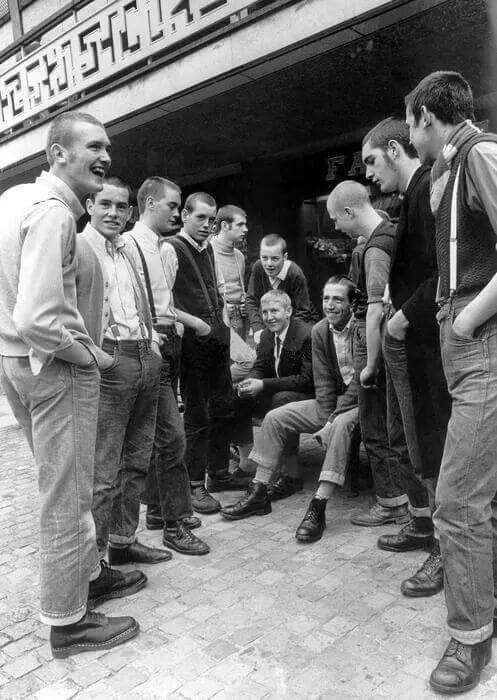
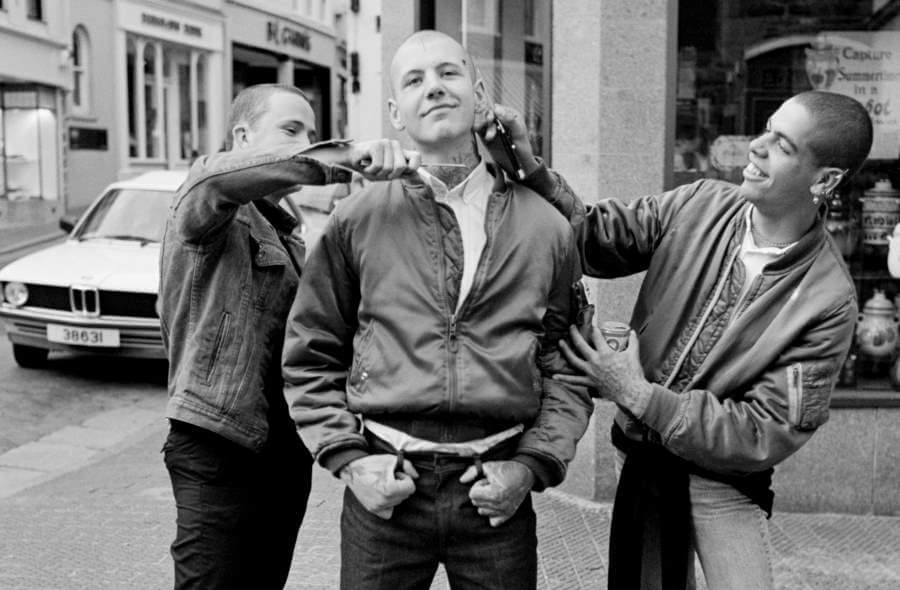
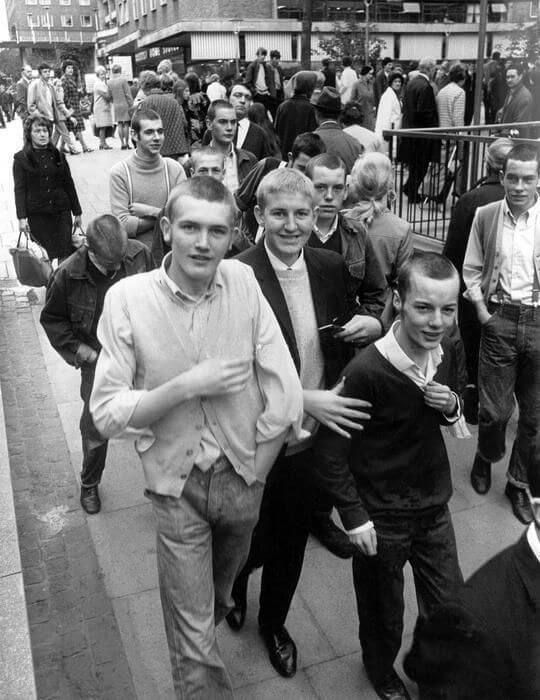
Skinhead girls also adhered to the same dress code, donning iconic hairstyles like the Renee, as perfectly depicted in Shane Meadow’s film “This is England.” The practice of shaving heads originated from practicality in fights or workplace regulations that prohibited long hair. It also served as a counter to the long-haired hippie movement of the ’60s.
Not only does protagonist Shaun give a perfect presentation of a proper bald head, but the girls present in the scene also don the classic skinhead girl haircut – the Renee. Talking about hair. Why the shaved head? Some say it comes practical in fights or that working class youths were not allowed to wear long hair at their jobs. It can also be seen as a counter action to the 60’s hippies and their long hair.
Right Wing Ideas Enter The Scene
In the 1970s, British writer James Moffat, under the pseudonym Richard Allen, authored a series of pulp novels featuring Joe Hawkins, a violent and racist skinhead antihero. Moffat held far-right political views, and his books, including titles like “Skinhead” (1970) and “Skinhead Girls” (1972), resonated with racist individuals, contributing to a shift in the public perception of skinheads toward the right-wing.
Football fields, often frequented by skinheads, became recruitment grounds for right-wing parties such as the National Front, attracting a significant following.
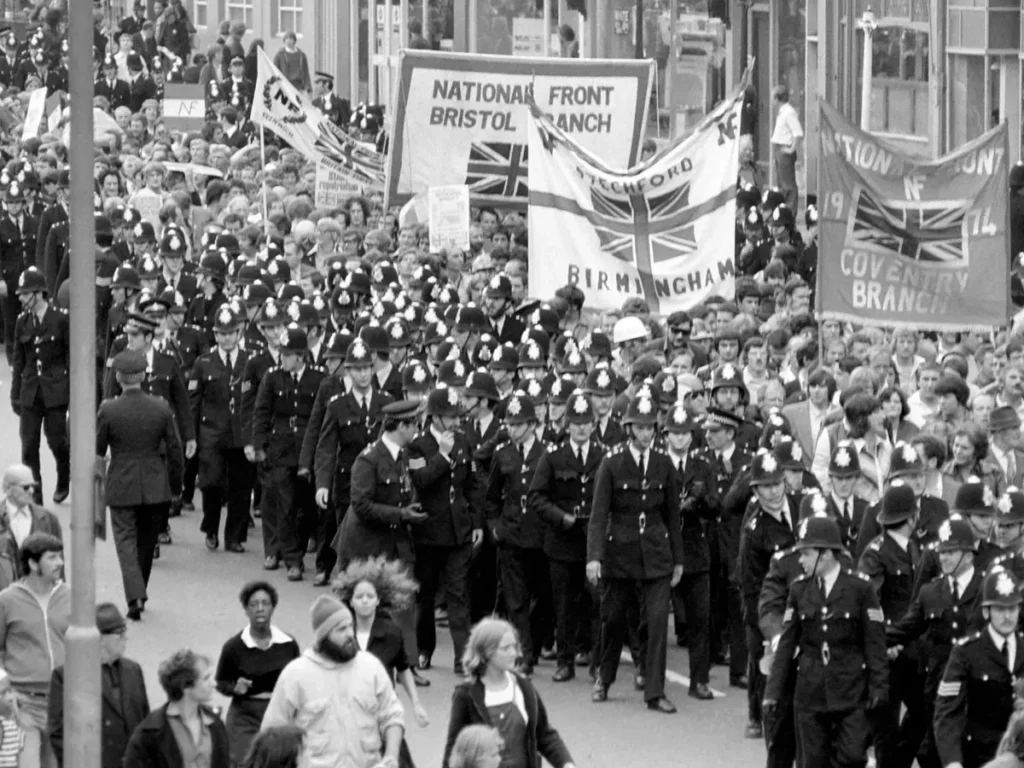
A big percentage of skinheads did not live in the big cities, more in rural areas which came in handy for the National Front and other extremist groups. When there was no entertainment for rural youths, they opened up night clubs for members only. When you wanted to go dancing on the weekends you had to attend the political meetings as well. Brainwash at it’s finest.
S.H.A.R.P. – Skinheads Against Racial Prejudice
Concerned by the growing influence of right-wing ideologies within the skinhead culture, a New York City skinhead named Marcus founded S.H.A.R.P. (Skinheads Against Racial Prejudice). Hardcore and Oi! bands quickly lent their support, leading to the expansion of this organization to the U.K. in 1989. The newly designed logo, featuring the term S.H.A.R.P. accompanied by a Trojan warriors helmet—a symbol associated with the renowned reggae label Trojan Records—is worn by anti-racist skinheads worldwide.
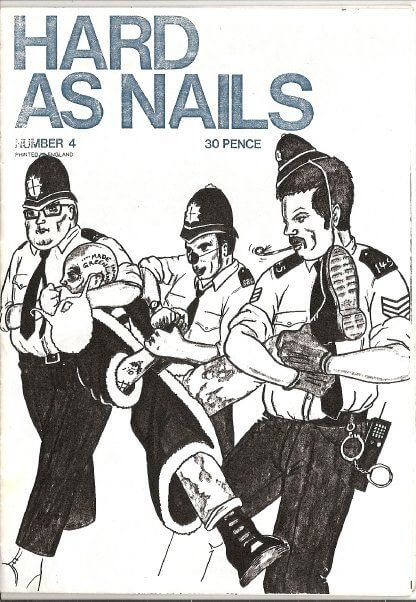
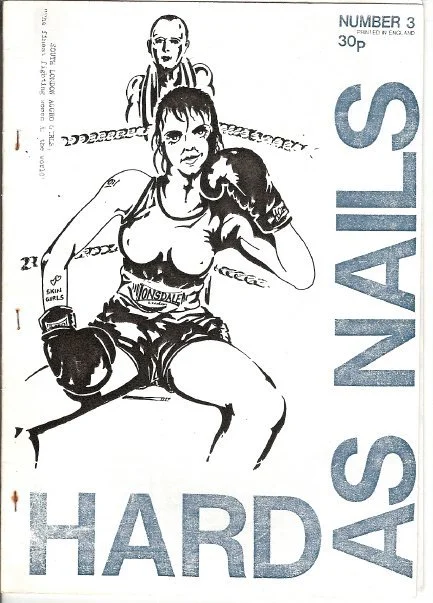
Connecting through zines and music, S.H.A.R.P. aimed to unite skinheads with a shared interest in music and a strong stance against racism. While both Nazi skins and S.H.A.R.P. skins shared similar attire like boots, braces, and bomber jackets, their musical preferences diverged. Ska, reggae, and northern soul defined the anti-racist skinheads, while Nazi skins gravitated toward punk or NS black metal. Hardcore and Oi! enjoyed popularity among both groups, albeit with contrasting lyrical content. Another offshoot of S.H.A.R.P., R.A.S.H. (Red and Anarchist Skinheads), emerged in 1993, focusing on combating anti-gay violence.
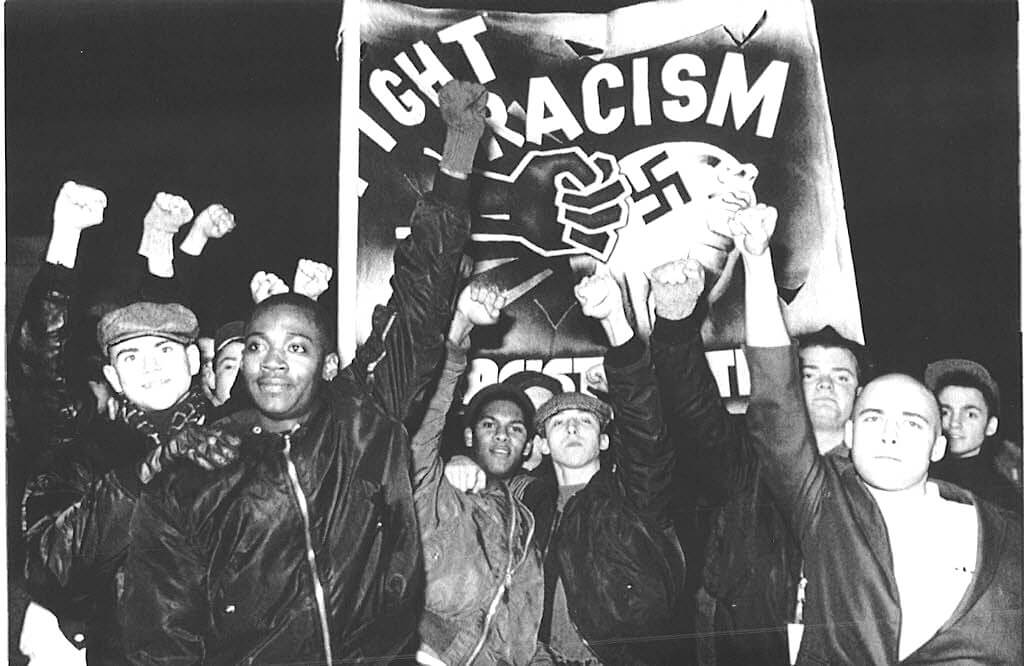
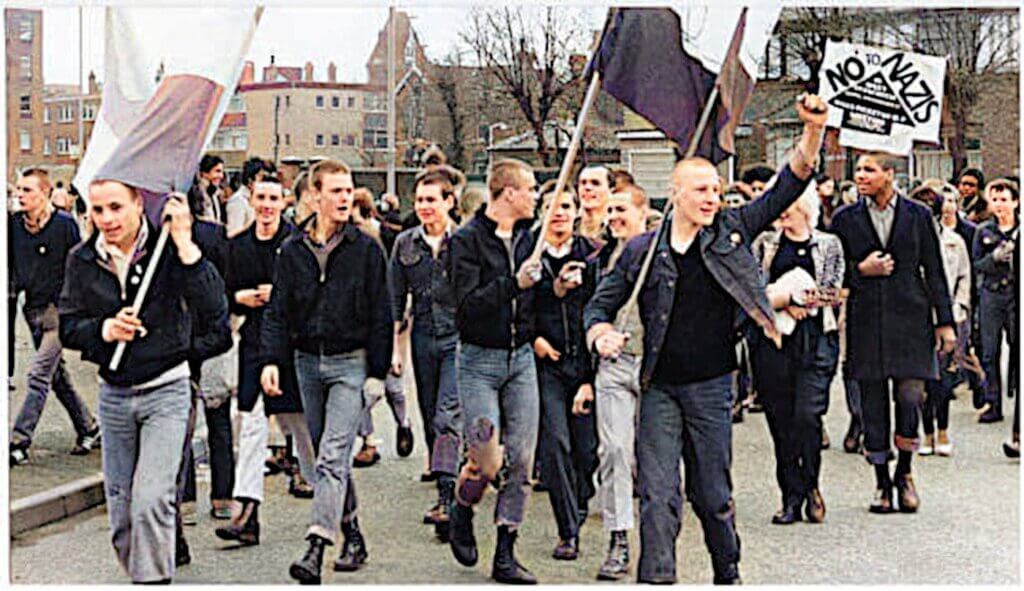
In 1993 R.A.S.H. (Red and Anarchists Skinheads) spawned out of S.H.A.R.P., which also directed its actions against anti-gay violence.
Skinheads Today
Despite the resurgence of far-right movements worldwide, the classic neo-Nazi skinhead appearance has become less prominent. Right-wing activists adopted subtler outward appearances to evade suspicion, replacing shaved heads with combed hairstyles. The bad boys of yesteryear now aim to blend in as the boy next door.
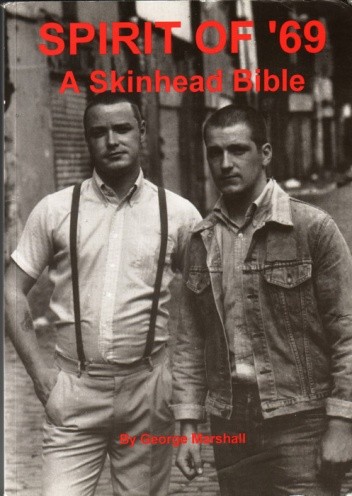
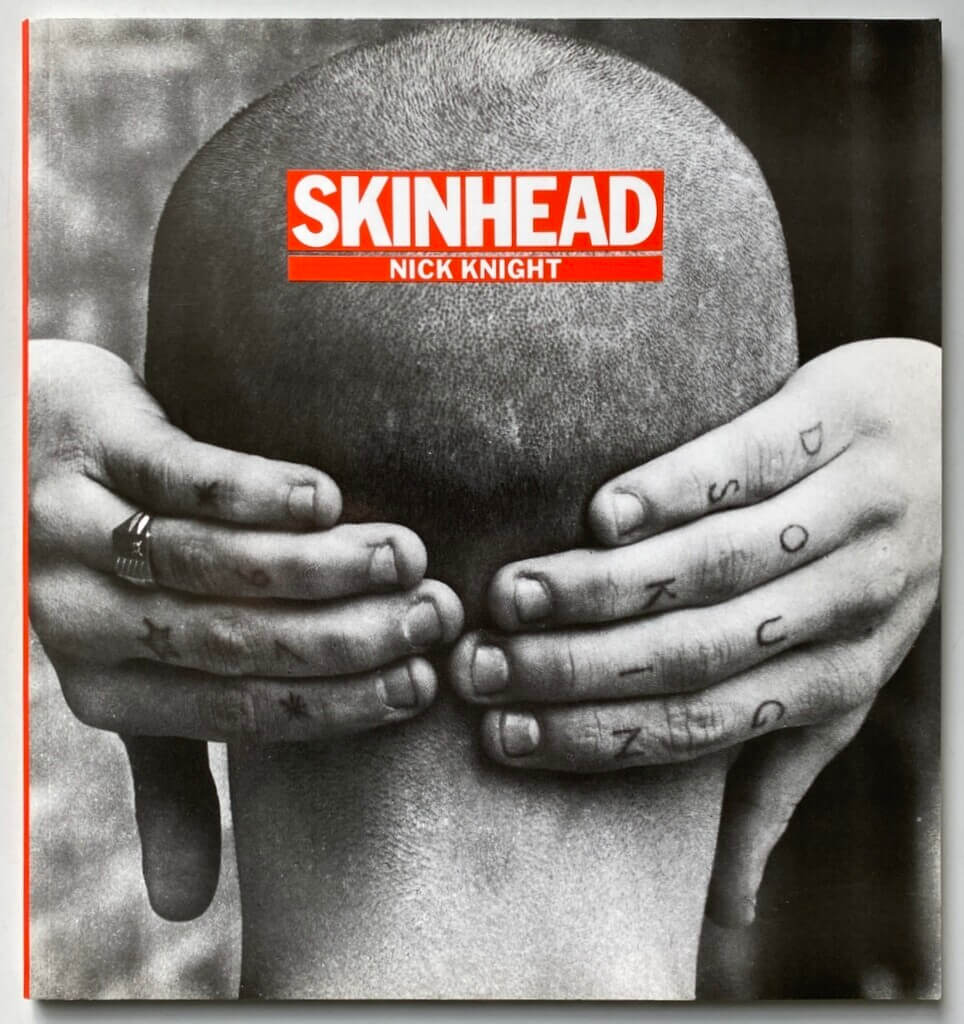
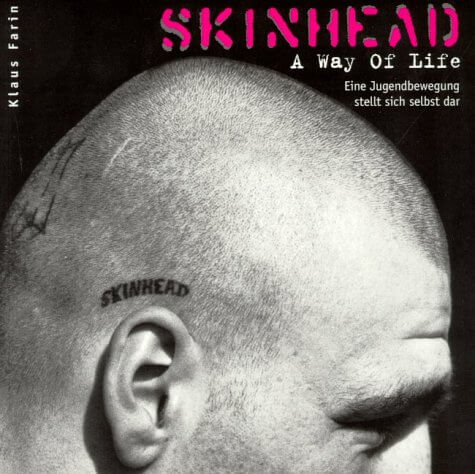
Spirit of ’69 by George Marshall (1994) / Skinhead by Nick Knight (1982) / Skinhead – A Way of Life by Klaus Farin (1996)
To delve deeper into the skinhead culture, I highly recommend exploring three enlightening books: “Spirit of ’69” by George Marshall, “Skinhead” by Nick Knight, and Klaus Farin’s previously mentioned “Skinhead – A Way of Life.” Additionally, I suggest watching “The Story of Skinheads,” a BBC documentary by British DJ and journalist Don Letts.

While Nazi skins still exist, a vibrant community of skinheads continues to gather, celebrating their culture and musical roots. The Spirit of ’69 lives on, transcending geographical boundaries from London to Beijing. Racists remain despised among true skinheads.
Need proof? Watch the exhilarating live performance of Mr. Symarip’s “Skinhead Moonstomp,” released on Trojan Records, in Dortmund, Germany.
The skinhead culture offers a fascinating journey through history, music, and unity. Although stereotypes may persist, delving beneath the surface reveals a multifaceted movement that originated from working-class pride, influenced by diverse subcultures, and encompassing a deep appreciation for music. As real skinheads gather, their shared identity thrives, standing as a testament to the rejection of racism and the enduring spirit of the Skinhead culture.








